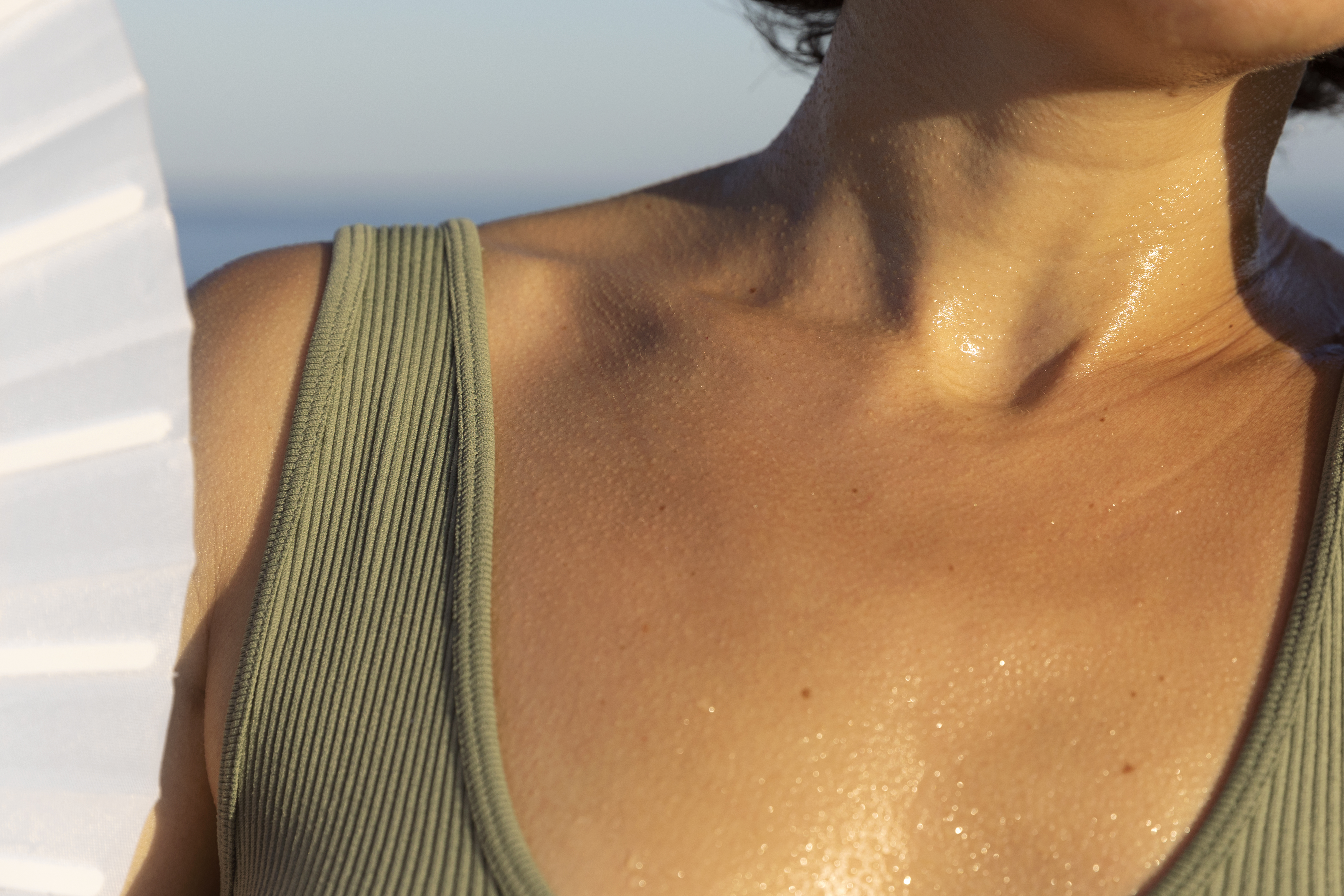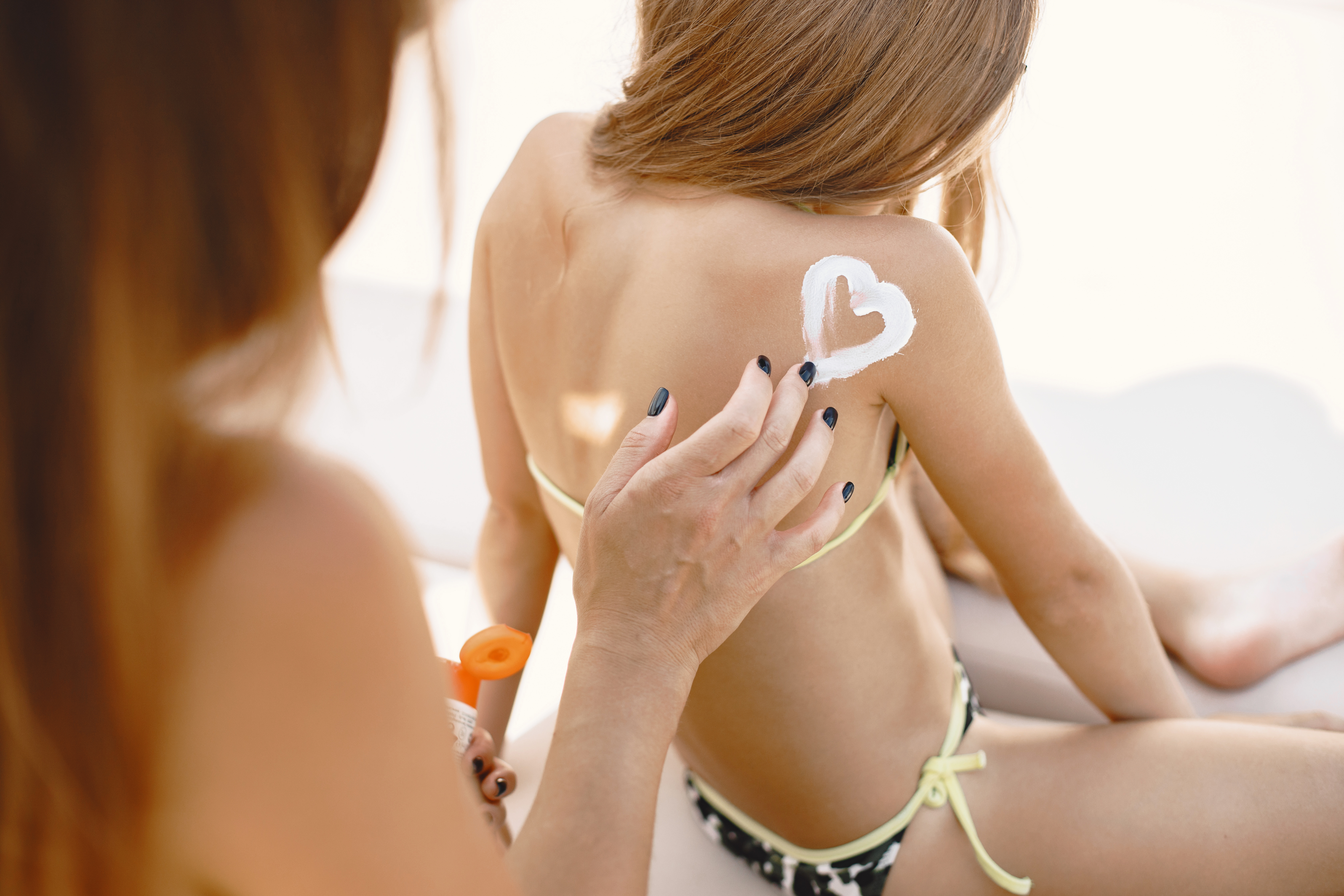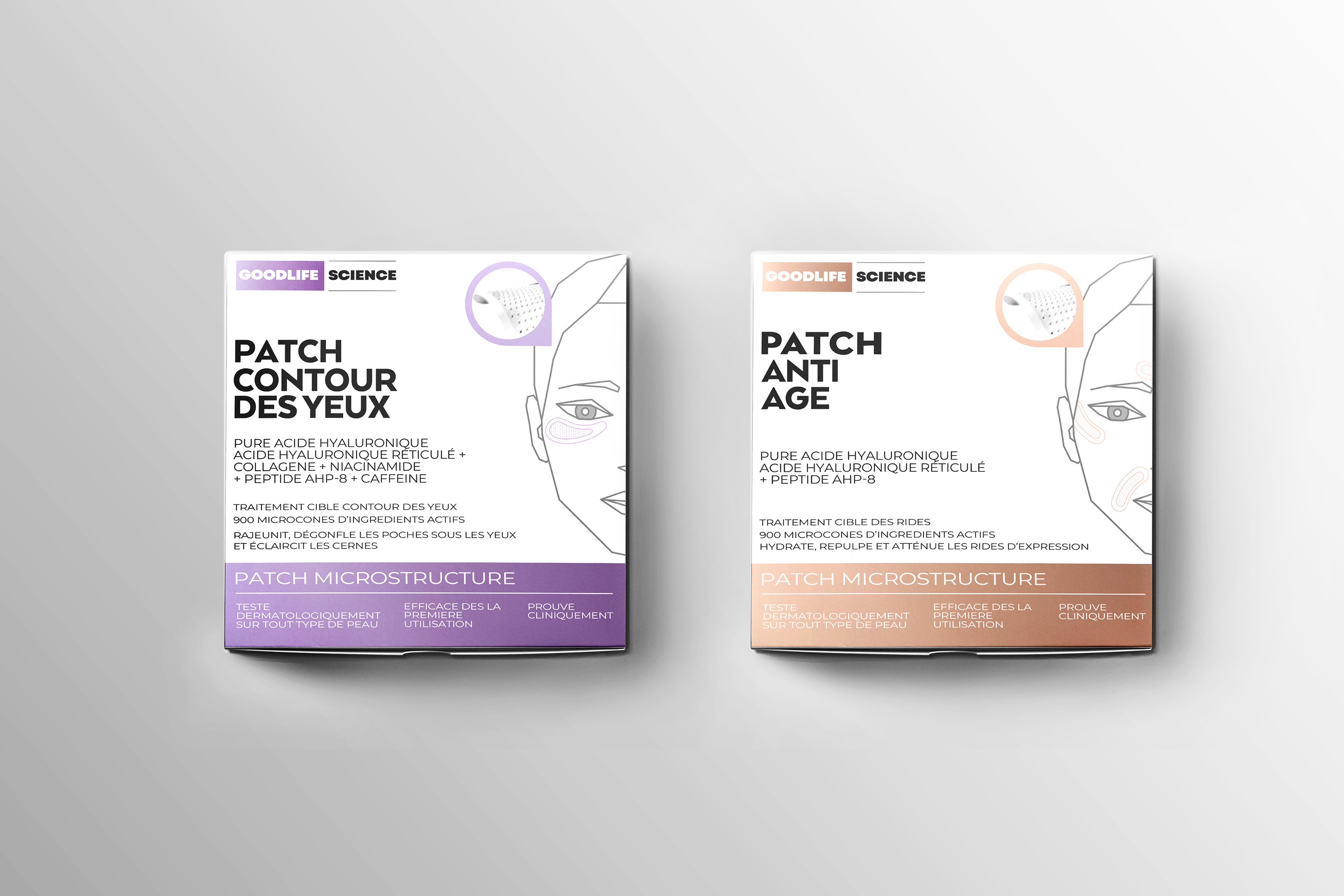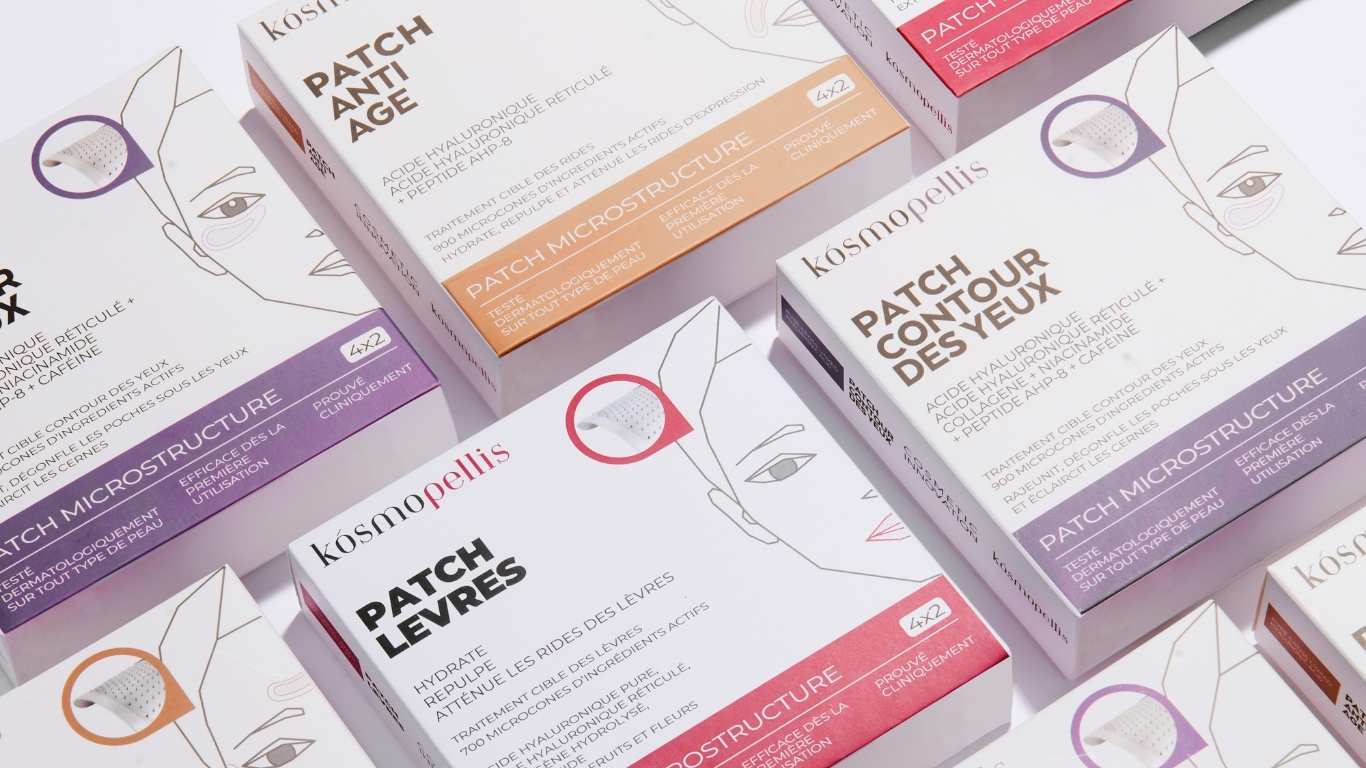
UV Rays: What You Need to Know to Protect Your Skin
Introduction
UV rays play a crucial role in sustaining life on Earth by stimulating the production of vitamin D in our bodies, which is essential for bone health. However, excessive exposure to UV rays can pose significant risks to your skin.
The main risks associated with exposure to UV rays include:
- The development of skin cancers, such as melanoma.
- Sunburn and immediate burns.
- Premature skin aging and other long-term skin damage.
The goal of this article is to help you understand the effects of UV rays and take effective measures to protect your skin . You will not only learn about the different types of UV rays and their impacts, but also the best practices for sun protection.
Understanding UV Rays

UV rays: what are they and how do they affect the skin?
Ultraviolet (UV) rays are a form of electromagnetic radiation emitted by the sun. They are classified into three main categories based on their wavelength:
- UVA rays : wavelength of 315 to 400 nanometers (nm). These rays penetrate deep into the skin, reaching the dermis. They are responsible for premature aging of the skin and can contribute to the development of certain skin cancers.
- UVB rays : wavelength from 280 to 315 nm. These rays mainly affect the epidermis, the superficial layer of the skin. They are the main cause of sunburn and play a crucial role in the development of skin cancer.
- UVC rays : wavelength from 100 to 280 nm. Fortunately, these rays are almost entirely absorbed by the Earth's ozone layer and do not reach the Earth's surface.
Differences between types of UV rays and their impact on health
- Impact of UVA : Penetrating deep into the skin, they do not cause immediate pain but induce oxidative stress that damages cells in the long term. This leads to premature aging and contributes to the development of melanoma.
- Impact of UVB : Responsible for painful sunburn, they directly damage cellular DNA. The cumulative damage can lead to various types of skin cancer, including basal cell carcinoma and squamous cell carcinoma.
- Impact of UVC : Although not threatening to us on Earth due to the protective atmosphere, they are used in some industrial applications such as germicidal lamps because of their ability to kill microorganisms.
Understanding these distinctions is essential to adopting an effective sun protection routine.
Effects of UV rays on the skin

Exposure to UV rays can cause various harmful effects on the skin.
Risk from prolonged exposure: skin cancer and melanoma
One of the most serious risks associated with prolonged exposure to UV rays is skin cancer . The most common types of cancer include basal cell carcinoma, squamous cell carcinoma, and melanoma. Melanoma is particularly dangerous because of its tendency to spread quickly to other parts of the body. Excessive UV exposure can damage the DNA in skin cells, which can lead to mutations and, eventually, the development of malignant tumors.
Immediate effects: burns and sunburn
The immediate effects of excessive UV exposure often manifest as sunburn . A sunburn is an acute inflammatory reaction that occurs when the skin absorbs too much UVB. Symptoms include:
- Redness
- Pain
- Increased sensitivity
- In severe cases, blistering and peeling
These effects are not only uncomfortable but can also increase the risk of developing skin cancer if sunburn occurs frequently.
Long-term effects: premature aging and skin damage
UV rays also contribute to premature aging of the skin, a condition often referred to as photoaging. Visible signs include:
- Deep wrinkles
- Loss of elasticity
- Hyperpigmentation (brown spots)
- Rough texture
Continuous UVA exposure penetrates deep into the skin, affecting the collagen and elastin that maintain skin firmness and elasticity. This cumulative damage can also weaken the skin's local immune defenses, making it more vulnerable to infection and disease.
The Crucial Importance of Proper Sun Protection for Your Skin

Why protect your skin?
Protecting your skin from UV rays is essential to prevent various health problems. Prolonged exposure to UV rays can lead to skin damage such as sunburn, premature aging and, in the worst cases, skin cancers such as melanoma. People with fair skin, freckles, or blond or red hair are particularly at risk. Good sun protection is therefore essential for everyone.
Role of sunscreens in preventing skin damage
Sunscreens play a pivotal role in defending against UV-induced skin damage. They work by absorbing or reflecting UV rays before they reach the skin. There are several types of sunscreens, classified by their Sun Protection Factor (SPF). A sunscreen SPF of 30 or higher is generally recommended for effective protection. Modern sunscreens offer broad-spectrum protection, covering both UVA and UVB rays.
Best Practices for Using Sunscreen
To maximize the effectiveness of your sunscreen:
- Initial Application : Apply sunscreen generously to all exposed areas 30 minutes before sun exposure.
- Amount : Use about a tablespoon to cover the face and neck, and about a shot glass for the rest of the body.
- Reapplication : Reapply every two hours, or immediately after swimming or sweating heavily.
- Product selection : Choose a sunscreen that is suitable for your skin type and check that it offers UVA/UVB protection.
- Expiration date : Make sure your sunscreen has not expired as its effectiveness decreases over time.
Regular and correct use of an SPF 30+ sunscreen is an essential step to significantly reduce the risks associated with sun exposure. Protecting your skin must become a daily reflex in order to preserve its health and appearance in the long term.
Additional measures for protection against UV rays

Protecting your skin from UV rays is not limited to applying sunscreen. Integrating complementary measures is essential for optimal protection.
Importance of wearing protective clothing
Wearing anti-UV clothing is an effective barrier against harmful rays. Choose:
- Wide-brimmed hats to protect the face, neck and ears.
- Long shirts and long trousers in tightly woven fabrics, ideally EN 13758 certified.
Choosing sunglasses with UVA/UVB protection
Eyes are also vulnerable to UV damage. Look for sunglasses that offer full protection against both UVA and UVB rays. Look for labels like “100% UV Protection” or “UV 400.”
“Sunglasses are not just a fashion accessory, they are essential to protect your eyes from irreversible damage.”
After-sun: Skin repair with micro-needle patches

Sun exposure, while pleasant, can leave skin feeling dry, weakened and vulnerable. UV rays not only break down collagen and elastin, causing premature aging, but they also dry out the skin, reducing its ability to retain moisture. That’s why it’s crucial to moisturize your skin intensely after a day in the sun and minimize UV damage.
Microneedle patches are an innovative solution for deep skin repair after sun exposure. Unlike traditional creams and serums, which act mainly on the surface, these patches are designed to penetrate the upper layer of the epidermis thanks to their soluble microneedles. This technology creates microchannels that facilitate the diffusion of active ingredients into the deeper layers of the skin.
One of the key ingredients often found in these patches is hyaluronic acid, a powerful hydrator that can hold up to 1,000 times its weight in water. By infusing deep into the skin through microneedles, hyaluronic acid intensely rehydrates the skin, restoring its elasticity and helping to repair sun damage. The result is smoother, more supple skin that is better protected against the harmful effects of UV rays.
By incorporating these micro-needle patches into your after-sun routine, you offer your skin more effective restorative care than a traditional product, thus maximizing skin regeneration and maintaining its hydration.
Brand recommendations

The Kosmopellis brand specializes in these products and offers two ranges:
- Eye contour designed to target aging around the eyes, reduce dark circles and bags under the eyes
- Anti-aging designed to increase skin hydration, improve its elasticity and plump treated areas.
Conclusion: protect your skin against the ravages of time with a complete routine including suitable sun protection
Adopting a daily routine that includes sun protection is essential to prevent skin aging and maintain the health of your skin. Exposure to the sun without adequate protection can lead to irreversible damage, such as premature aging, sunburn and increased risk of skin cancer.
To preserve your skin health, it is recommended:
- Apply sunscreen every morning, even on cloudy days. Choose a product with an SPF (sun protection factor) that is appropriate for your skin type.
- Reapply sunscreen every two hours when outdoors, especially after swimming or sweating.
- Use complementary products such as wide-brimmed hats, long clothing and sunglasses with UVA/UVB protection.
Incorporating these practices into your daily routine not only helps protect your skin from harmful UV rays but also helps maintain its radiance and youthfulness. Preventing skin aging requires consistent, tailored care that will quickly become second nature. Adopt these proactive behaviors today to ensure healthy, beautiful skin for years to come.
“The best way to protect your skin from the ravages of time is to adopt a daily routine that includes appropriate sun protection.”
